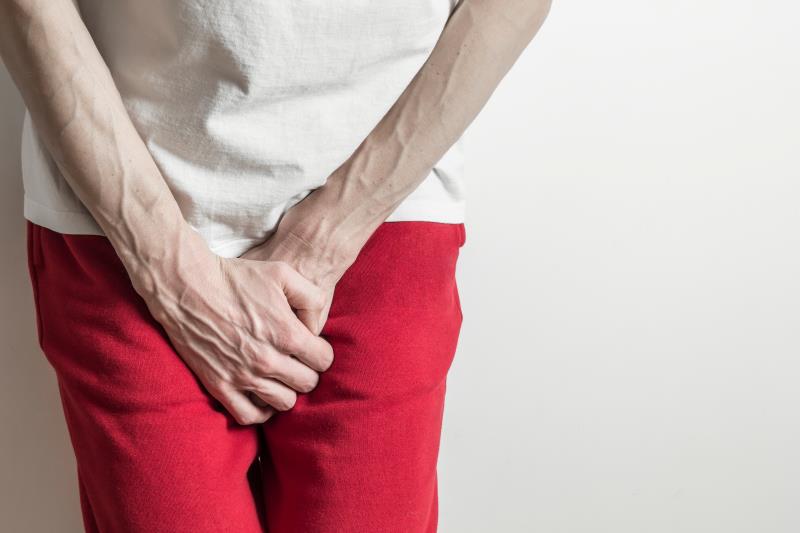
Early rehabilitative measures such as preoperative pelvic floor muscle exercise (PFME) may promote early recovery of urinary continence following holmium laser enucleation of the prostate (HoLEP) for benign prostatic hyperplasia, a study has shown.
HoLEP is a widely used minimally invasive surgical procedure owing to its advantages over transurethral resection of the prostate (ie, lower volumetric blood loss, shorter periods of indwelling catheterization and hospitalization). [Eur Urol 2015;67:1066-1096]
However, one bothersome complication of HoLEP is transient postoperative urinary incontinence, noted the researchers. “Urinary incontinence after surgery is a challenging complication that may discourage patients from seeking surgery and reduce quality of life.” [Neurourol Urodyn 2011;30:1343-1349]
“Preoperative PFME is a costless [method] that can be adapted by individuals attempting to recover urinary continence,” said the researchers. However, despite its proven efficacy in females with stress urinary incontinence, there is no evidence reflecting its impact on men after undergoing HoLEP, they added. [Cochrane Database Syst Rev 2014;10:CD005654]
Seventy men with dysuria for ≥3 months prior to study entry and prostate volumes of ≥30 mL were randomized 1:1 to two arms. Participants in arm A initiated PFME preoperatively (28 days before HoLEP) and continued postoperatively, while arm B patients started PFME only after HoLEP. [BMC Urology 2020;20:3]
The rate of urinary incontinence significantly dropped in arm A vs B at 3 months (3 percent vs 26 percent; p=0.01) but not at 6 months postop (0 percent vs 3 percent; p=1.00).
This finding appears to correlate with a meta-analysis reflecting the lack of benefit beyond 6 months postop with preoperatively initiated PFME. [Eur Urol 2016;69:460-467] The disappearance of the beneficial effect of PFME by 6 months suggests that preoperatively initiated PFME might aid in early recovery of short- but not long-term continence, said the researchers.
Multivariate analysis revealed that preoperative PFME is the only significant predictive factor for urinary incontinence at 3 months after HoLEP (odds ratio, 0.10; p=0.01).
Mechanism of action
One potential reason for the favourable outcome with preoperatively initiated PFME is the time period required for PFME to show a beneficial effect, noted the researchers. “[Evidence shows] that a minimum of 1 month was required [to] increase the contraction strength of the pelvic floor muscles after PFME.” [J Urol 1998;160:402-405]
The benefit of preoperatively initiated PFME may also be attributed to the added instructions provided by the nurses, as these could have facilitated better acquisition of proper PFME techniques, they added. “Therefore, it is critical for patients to learn to perform PFME appropriately, as noted by [evidence] emphasizing the importance of repeated education.” [Anticancer Res 2010;30:553-556; Neurourol Urodyn 2001;20:53-59]
Given the small study sample, the researchers called for larger randomized trials to ascertain the efficacy of preoperatively initiated PFME and to further elucidate definitive treatment strategies of PFME for recovery of continence following HoLEP.